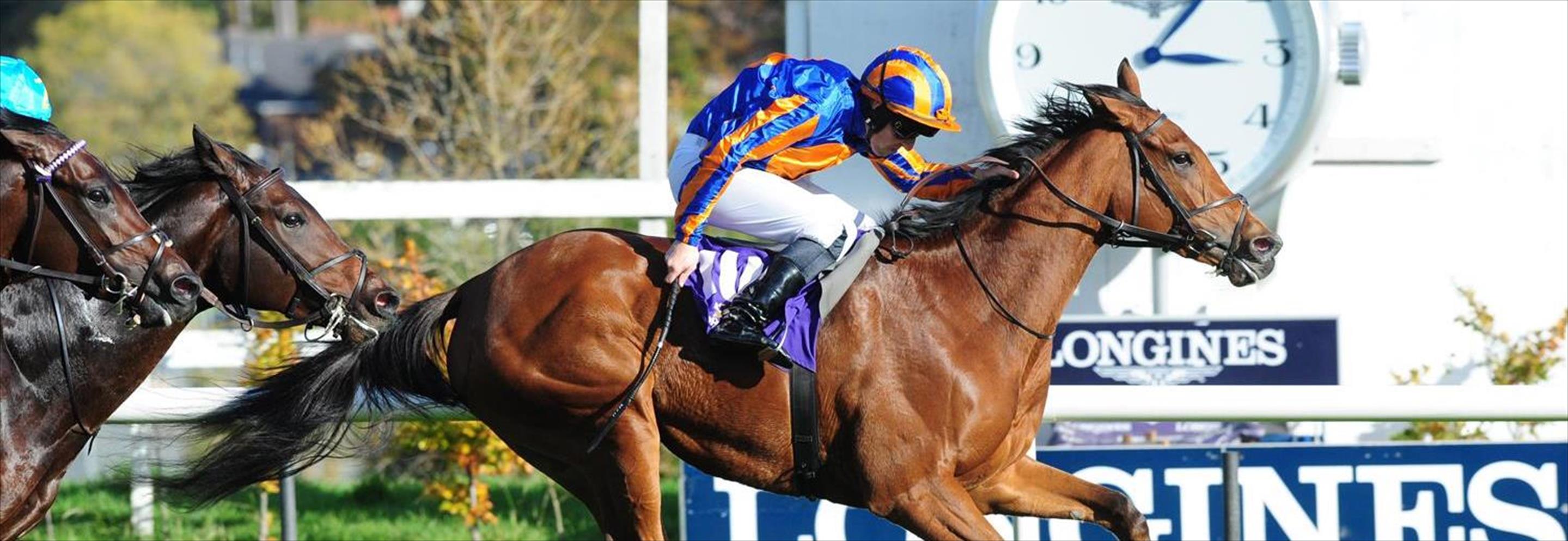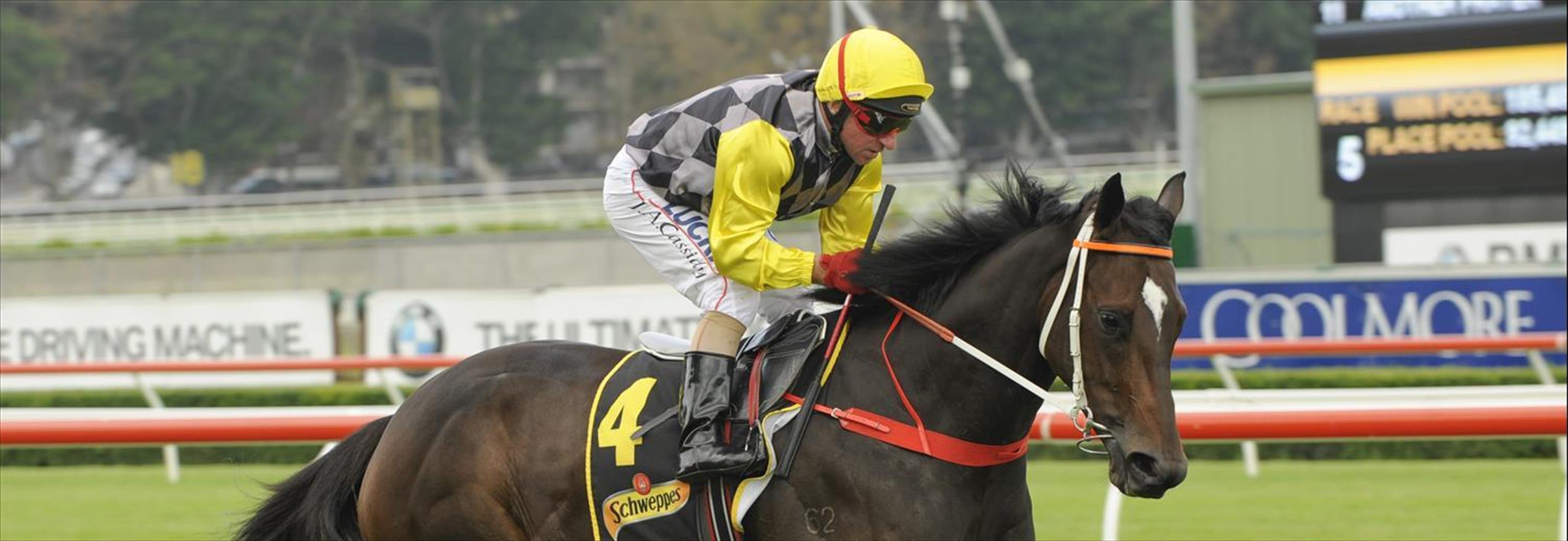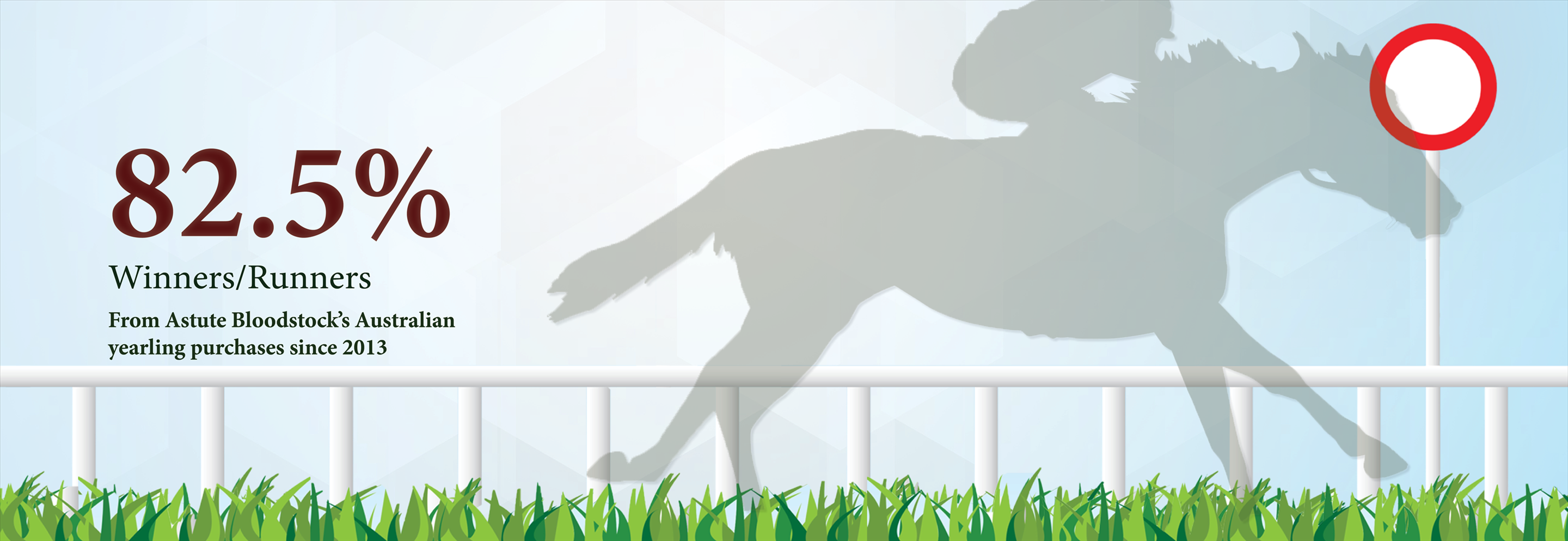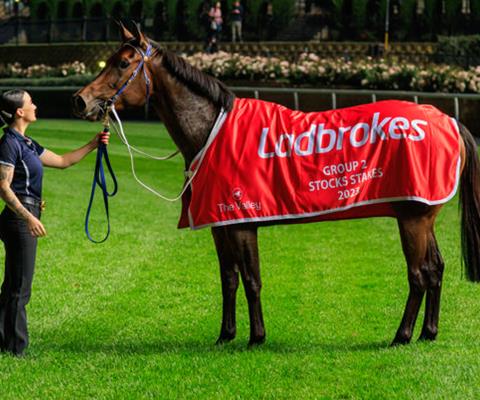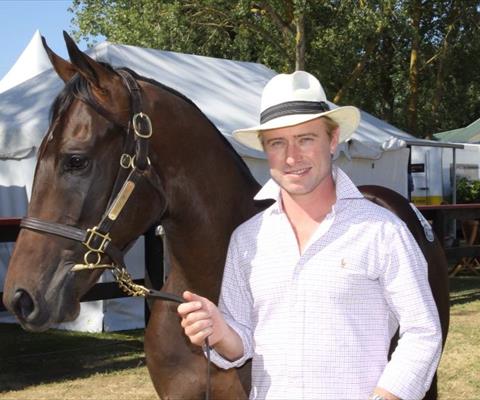
Q&A with Louis Le Metayer
From The Thoroughbred Report, 18/08/2023
In our latest Q & A series, The Thoroughbred Report seeks insights from a variety of professionals, be they agents, trainers, breeders, handlers, owners, administration and ancillary, etc., to hear their thoughts on our industry.
In today's Q & A, we feature a quick-fire round with Louis Le Metayer, owner of Astute Bloodstock (FBAA).
Favourite moment - racing, sales or breeding related - for the 2022/23 season?
Louis Le Metayer: Amelia’s Jewel (Siyouni {Fr}) winning the G1 Northerly Stakes was a special moment for us. The fact that she can win stakes races from 1000 metres to 1800 me shows a rare versatility especially when competing at Group 1 level with top horses coming from the east. Her performance in The Quokka was even more impressive and she was a bit unlucky not to win it. She is a first foal and I think that her dam Bumbasina (Canford Cliffs {Ire}) is going to be a pretty special mare.
Which sire do you consider a value sire? Fee <$50k and not a first-season sire.
LLM: Supido is a fast son of Sebring with a superb Japanese pedigree. With a different ride and or tactics his son Buenos Noches would have won the G1 Coolmore S. and Supido would be standing at a much higher fee.
I know that Mick Price and Michael Kent Jnr have a big opinion of What You Need (Supido) who also looks like a Group 1 colt. To get two colts of that calibre from a modest fee and only 64 runners is a very good early sign.
What young sire (less than three crops) do you think will one day be Champion Sire?
LLM: Blue Point (Ire), no contest!
Which yearling purchase in 2023 are you most excited about?
LLM: I like them all at this stage. The Fastnet Rock colt out of Anchovy (Ire) (Galileo {Ire}) that we bought at the Magic Millions Yearling Sale in January with Ciaron Maher for $525,000 is out of a Galileo (Ire) mare with a big top-class international female family. He hasn’t done much work yet but I like what I am seeing so far. Physically, he reminds me of Foxwedge. He is strong, neat, light on his feet and has a great attitude.
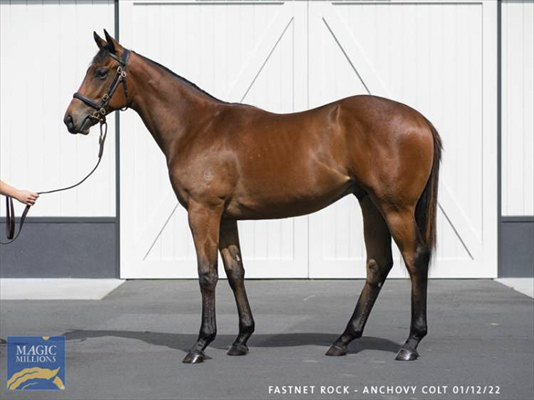
What, if any, is your greatest current-industry concern?
LLM: Perception: I know that modern padded whips don’t hurt horses but the fact that they can be used with no limits in the last 100 metres of the race is a terrible look for the outsiders who don’t necessarily know any difference. The British Horseracing Authority did a good job communicating on this topic.
The best jockeys don’t use their whips as much because they tend to encourage their horses with hands and heels which is more effective to maintain speed. The old-time Champion Jockey Darren Beadman said it publicly: Less usage of the whip encourages better riding skills.
World-class jockeys are often the ones who can ride effectively in other disciplines such as show jumping (Jamie Kah, Christophe Soumillion), where balance, rhythm and intuition are a lot more effective than strength.
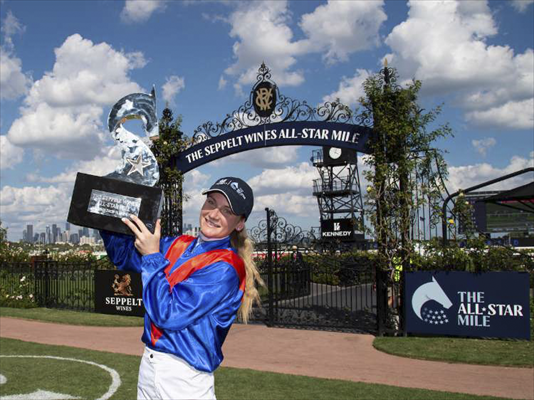
In the UK the whip can only be used a maximum of six times during the race and only four times in France. It hasn’t stopped the best horses from winning and people from punting.
Our rules are: five times in non-consecutive strides prior to the final 100 metres of the race, with no limits in that final stretch.
I think Australia is a bit behind on this specific topic.
Welfare: The Equimillion announced last week is an excellent step in the right direction and Racing NSW should be commended for this excellent initiative.
It is going to bring the equestrian world and the racing world even closer which will have a lot of positive ramifications, especially in terms of staffing: we need more young people with good riding skills entering our sport.
The leading trainers are increasingly introducing dressage as part of their training, meaning many retired racehorses are already trained to adapt to other disciplines. This will make their transition to the equestrian sport much smoother.
Staff issues: The 3am trackwork starting time in Sydney makes no sense. I have questioned many trainers about it and I have never heard a logical answer.
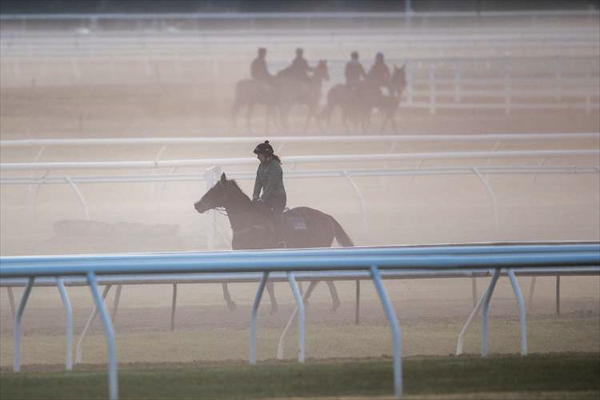
It is driving young people out of the industry, it is bad for mental health and terrible for engagement with owners who can’t go and see their horses at trackwork as they do in Europe and the US. I have ridden trackwork in England, France, Kentucky and South Africa and the only place I didn’t enjoy it was at Randwick where most of it happens in the dark.
The training of horses should have priority over the maintenance of the track plus there are 12 hours of daylight each day that should be enough for the training and the maintenance to happen between dawn and dusk.
Name an emerging human talent in the industry, and say why?
LLM: Anthony Minaudier is a young friend of mine who worked at Coolmore for the last two years and at Godolphin and with Peter Snowden previously. He is a brilliant horseman and rider who was involved in the education of Anamoe and Shinzo (Snitzel). He is very passionate about the industry, he works hard and has good people skills so I think he has a bright future in our industry. Anthony is on his way to Kentucky to work at Ashford for at least 12 months. I enjoy mentoring him but I think the student has much more talent than the teacher…
If you had $10 million to invest in an industry initiative, what would it be and why?
LLM: We have the best industry in the world here but we lack top-end public training centres of scale like Newmarket, Lambourn and Chantilly. We also have a shortage of turf tracks dedicated to training only.
I would sell the land where the Randwick stables are and build two large top-class training centres within two hours of Sydney. These would include an uphill training track, modern stables, an onsite vet clinic, staff accommodation and a staff village as well as a riding school.
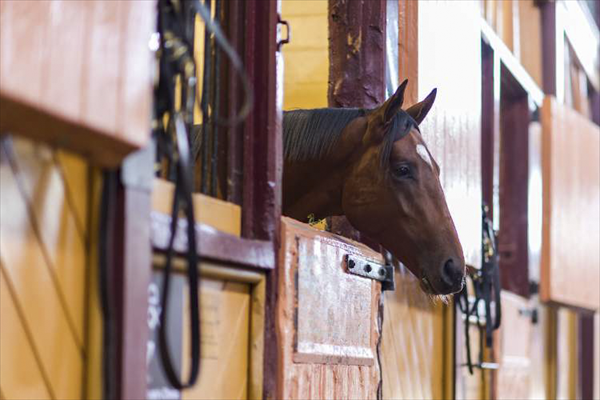
I know that Racing NSW are already working on some of this, but more time should be dedicated to teaching young people and a riding school would go a long way. Pony races are also another good initiative that will bring young equestrian riders into our sport.
I also think that there are opportunities to innovate around tourism but that may be a conversation for another day.
